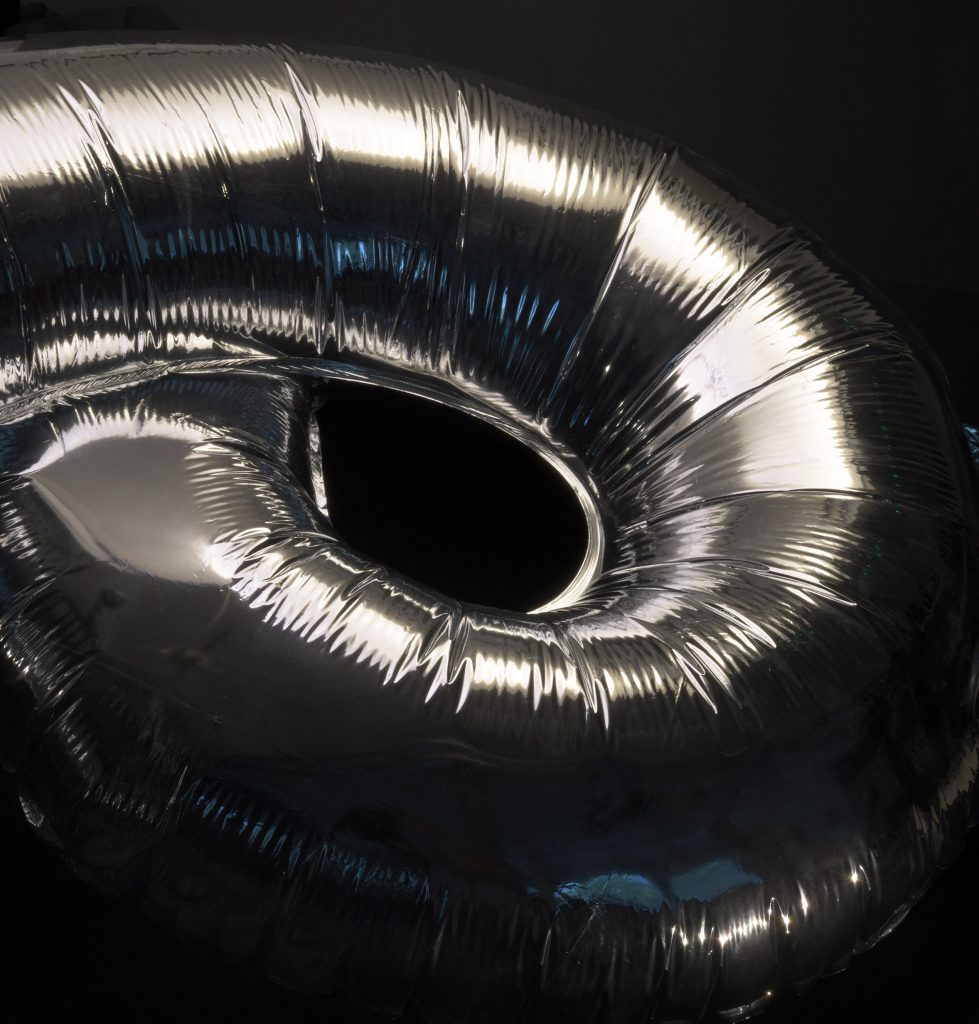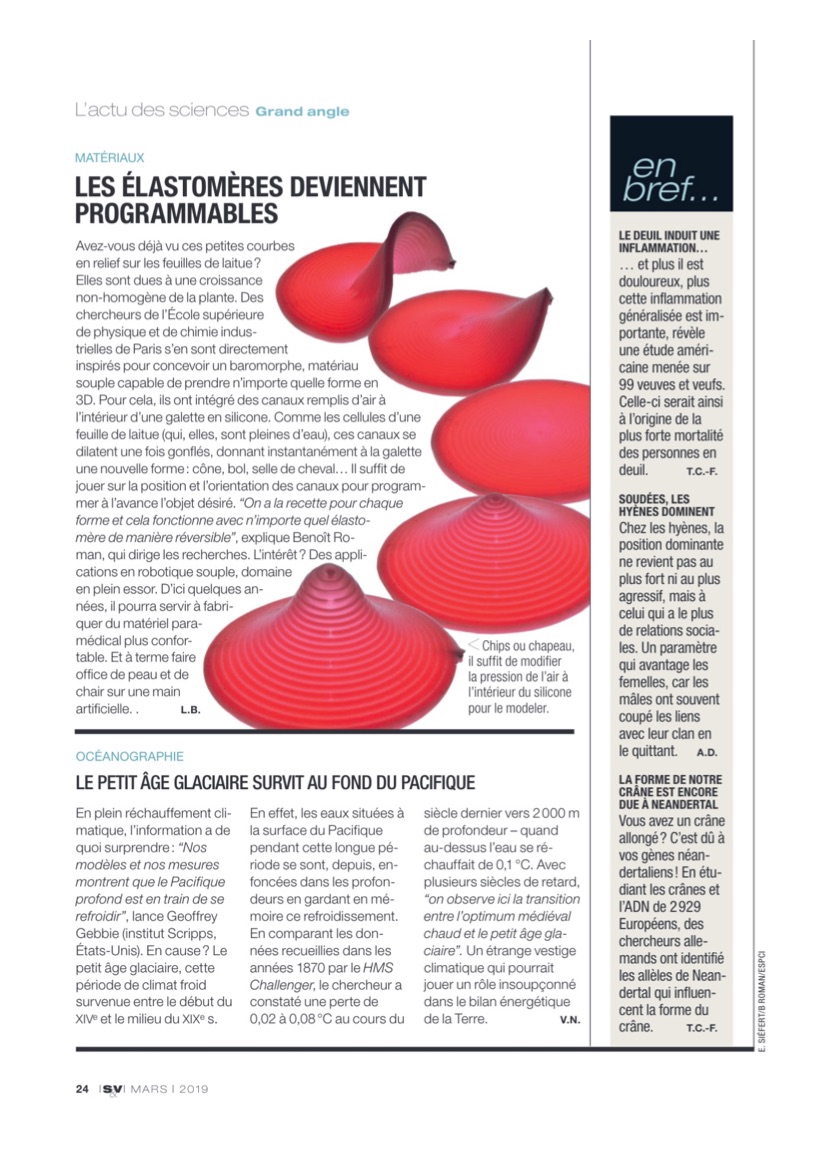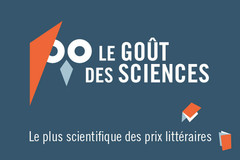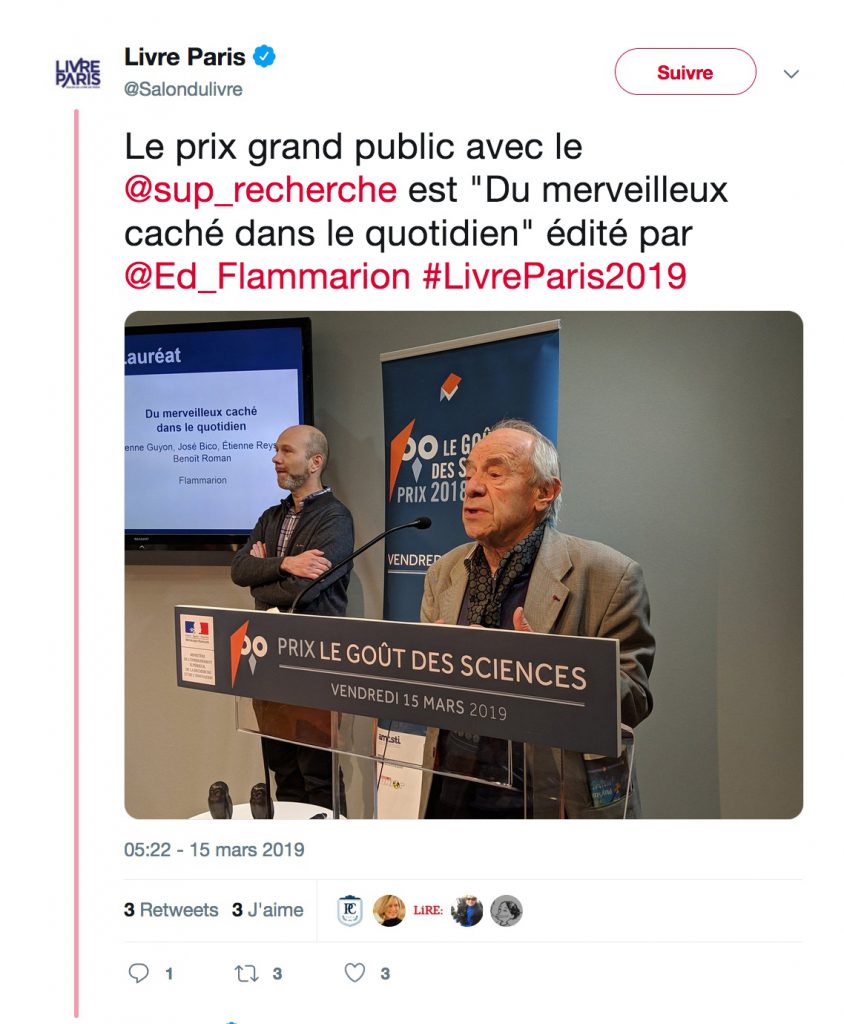See our article on Predicting tearing paths in PRE
This study investigates the tearing of a thin notched sheet when two points on the sheet are pulled apart. The concepts that determine the crack trajectory are reviewed in the general anisotropic case, in which the energy of the fracture depends on the fracture direction. When observed as a flat sheet a purely geometric “tearing vector” is defined through the location of the crack tip and the pulling points. Both Griffiths’s criterion and the maximum energy release rate criterion (MERR) predict a fracture path that is parallel to the tearing vector in the isotropic case. However, for the anisotropic case, the application of the MERR leads to a crack path that deviates from the tearing vector, following a propagation direction that tends to minimize the fracture energy. In the case of strong anisotropy, it is more difficult to obtain an analytical prediction of the tearing trajectory. Thus, simple geometrical arguments are provided to give a derivation of a differential equation accounting for crack trajectory, according to the natural coordinates of the pulling, and in the case that the anisotropy is sufficiently weak. The solution derived from this analysis is in good agreement with previous experimental observations.
https://journals.aps.org/pre/abstract/10.1103/PhysRevE.100.023002
See our article in PNAS about flat inflatables

Inflatable structures are flat and foldable when empty and both lightweight and stiff when pressurized and deployed. They are easy to manufacture by fusing 2 inextensible sheets together along a defined pattern of lines. However, the prediction of their deployed shape remains a mathematical challenge, which results from the coupling of geometrical constraints and the strongly nonlinear and asymmetric mechanical properties of their composing material: thin sheets are very stiff on extensional loads, while they easily shrink by buckling or wrinkling when compressed. We discuss the outline shape, local cross-section, and state of stress of any curvilinear open path. We provide a reverse model to design any desired curved 2-dimensional shape from initially flat tubes.
projet MeMoRi (CNRS 80prime)
Notre projet interdisciplinaire MeMoRi a été retenu par le CNRS.
Le projet a pour but d’imaginer de nouvelles façons d’interagir avec les systèmes informatiques (« Interaction Homme Machine »), en utilisant les matériaux programmables qui émergent aujourd’hui. Le but est d’enrichir l’expérience des utilisateurs des systèmes informatiques via la manipulation physique d’une interface malléable, dont la forme peut changer à l’initiative de l’utilisateur ou bien de la machine.
Une des originalités du projet est aussi la dissémination de ses résultats qui est prévue via une installation artistique qui sera exposée en fin de projet.
Conférence/Atelier à la fête du livre d’Angers
Nous étions à la fête du livre au Grand Théâtre d’Angers les 1 et 2 juin dernier pour présenter notre livre et faire faire des expériences au grand public (en particulier celle des gotitas ).
How to make a baromorph / Comment réaliser un baromophe /
déchirure plastique / plastic tearing
un beau film d’ amaco sur la déchirure plastique :
Science et Vie (mars 2019): les baromorphes
Our work reported in Science et Vie (march 2019) : 
La déchirure facile… à comprendre
Un beau travail de vulgarisation de la chaîne scientifique Scilabus :
Lauréats du prix du livre scientifique « Le goût des sciences »


Le prix grand public avec le @sup_recherche est "Du merveilleux caché dans le quotidien" édité par @Ed_Flammarion #LivreParis2019 pic.twitter.com/cJG5VXgwVb
— Livre Paris (@Salondulivre) 15 mars 2019
